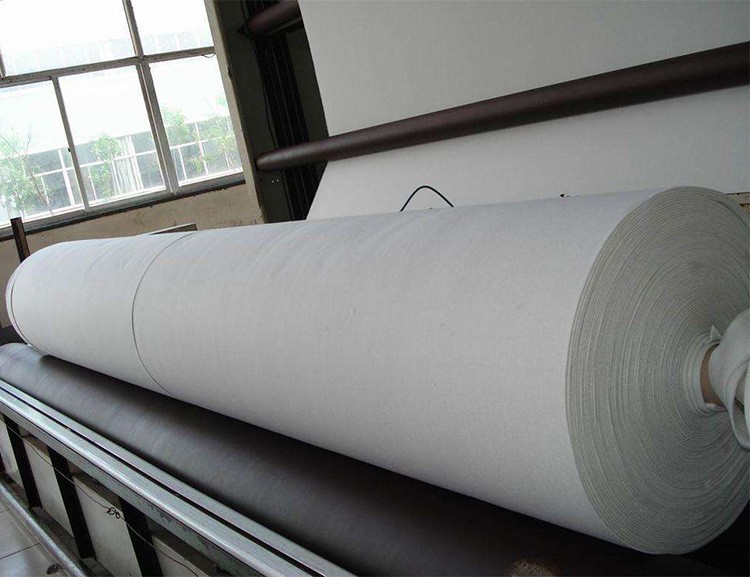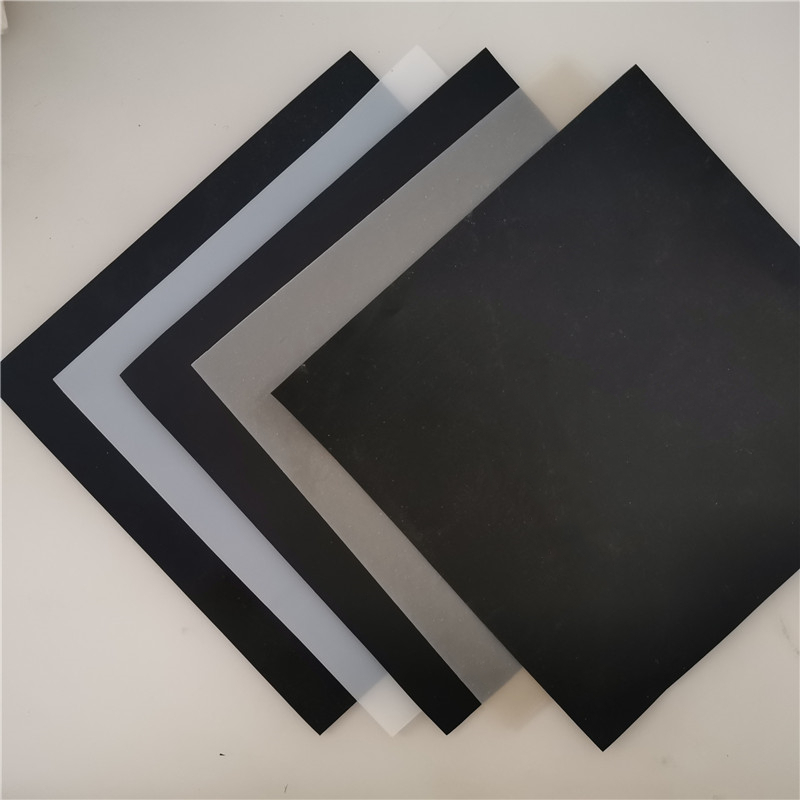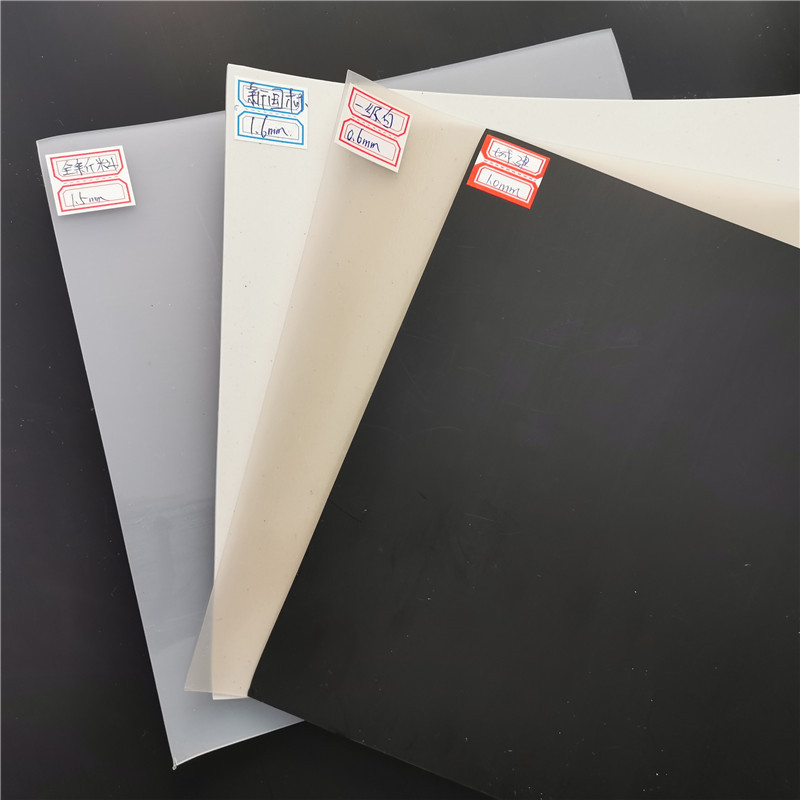详细内容:
![1604993436152136.jpg vPFYnc8-StmBFVv0_o-dMw[1].jpg](/static/upload/image/20201110/1604993436152136.jpg)
The laying of the waterproof board should be 1 to 2 lining sections ahead of the secondary lining construction, and it should be kept at a certain distance from the excavation face and beyond the blasting distance. The laying should be carried out on a dedicated frame. Before laying, layout should be conducted, standard lines should be drawn, and then a test laying should be carried out to determine the size of each ring of the waterproof board and minimize the joints as much as possible. The waterproof board should be laid with wood screws or without nails, with a margin left, and the surface should be smooth.
2. Base surface treatment
Before the construction of the waterproof board, the centerline position and elevation should be rechecked, and the cross-sectional dimensions should be inspected to ensure that the thickness and clear height of the lining after the lining construction meet the requirements of the specifications and design.
The main contents of the base surface inspection and treatment that should be carried out before laying the waterproof board include:
(1) The surface of the initial support should be flat, free of hollowing, cracks and looseness. For hard objects exposed on the surface of the initial support, such as anchor bolt heads and steel mesh, they should be cut off at the root by electric welding or oxygen welding and then smoothed with 1:2 cement mortar to prevent the drainage board from being punctured.
(2) For local concave and convex parts, they should be chiseled and patched to make the surface smooth. For areas with large over-digging, nets should be hung and anchors sprayed.
(3) For visible water on the base surface, blind pipes should be set up in advance to lead and drain it. For large-scale seepage on the cave roof, waterproof boards can be used in combination with blind pipes to centrally lead and drain it to the temporary drainage ditch.
(4) The flatness of the initial support surface should meet the requirements that D/L at the arch foot ≤1/6 and D/L at the arch top ≤1/8 (D is the distance between two adjacent convex surfaces of the initial support surface, and L is the depth of indentation between these two convex surfaces).
3. Pre-hanging welding of the waterproof board
Outside the cave, 2 to 3 rolls of relatively narrow waterproof boards are cut according to the size of the area to be laid, and then they are laid flat on the ground and welded together to form large-sized waterproof boards that are convenient for transportation and laying, reducing the number of welds in the cave operation and improving the welding quality. The waterproof board should have fewer joints.
The waterproof board splicing is carried out by double-weld welding with a heat sealing machine. The lap width should be no less than 100mm. The temperature and speed of the heat sealing machine should be well controlled to ensure the quality of the weld. The weld seam should be tight, and the effective welding width of a single weld seam should not be less than 12.5mm. Before welding, the surface of the head plate to be welded should be wiped clean, and the welding temperature and speed should be determined through tests based on the material. When welding, it is necessary to avoid missed welds, false welds, scorching or burn-through.
The length of the one-time laying along the longitudinal direction of the tunnel should be about 1.0 meters longer than the length of the current secondary lining construction, so as to connect with the waterproof layer of the next cycle. At the same time, the joint of the waterproof layer can be staggered from the joint of the lining concrete by about 1.0 meter, which is conducive to preventing water seepage at the concrete construction joint.
4. Lay the waterproof board
To ensure the quality of the waterproof board laying, a trial laying and positioning should be conducted first.
Control of the spacing of fixed points: Check with a ruler. The spacing of fixed points for the arch is 0.5 to 0.7 meters, and for the side walls, it is 1.0 to 1.2 meters. At concave and convex areas, the number of fixed points should be appropriately increased, and they should be evenly distributed.
Relaxation rate: The spacing of the lifting rings of the waterproof board should be determined based on the relaxation rate requirements for its laying and hanging. It should be appropriately adjusted according to the flatness of the initial support surface to ensure that the board surface can closely adhere to the sprayed concrete surface during the pouring of concrete.
The waterproof board should be laid from bottom to top in a ring pattern. The lifting rings pre-welded on the waterproof board should be fixed to the expansion pipe with wood screws for fixation.
The waterproof board should be laid 1 to 2 lining sections ahead of the secondary lining construction, forming a continuous operation of hanging section → inspection section → secondary lining construction section.
5. Connect after laying
The "laying followed by joining" of waterproof boards refers to the connection between two large-format waterproof boards at the front and back. The circumferential seams should first be welded with a heat fusion welding machine. During construction, the joints of the two plates to be welded should be wiped clean and aligned to ensure the lap length. The welding temperature and the traveling speed of the welding machine should be strictly controlled to maintain good contact between the welding machine and the weld seam and ensure smooth movement. After the heat fusion welding machine has completed the welding, it is necessary to strengthen the inspection and use an electric soldering iron to repair the individual missed welds. For T-shaped welds that are difficult to weld, prone to missed welds or have insufficient weld strength, the method of patching with welding adhesive is adopted for reinforcement treatment.
6. Weld inspection
There should be no bubbles, wrinkles or voids at the joints of the waterproof board. The joints should be firm and the strength of the weld should not be lower than that of the base material. Sampling tests should be conducted for inspection.
The weld quality of the lap joint of the waterproof board is inspected by the "inflation method". Inflation is stopped when the pressure reaches 0.25MPa, and the weld quality is qualified.
7. Finished product protection
When the lining follows the excavation, protective measures should be taken for the waterproof board at the front end of the lining to prevent it from being broken by flying rocks from blasting. When the excavation, hanging of waterproof boards and lining are carried out in parallel, the distance between the section where the waterproof layer is laid and the excavation surface should not be less than the blasting distance. During the construction, the waterproof boards in the sections where they are hung and formed should be well protected: when binding the reinforcing bars, protective sleeves should be added to the ends of the reinforcing bars. When welding reinforcing bars, a protective plate should be hung between the welding operation and the waterproof board. After the waterproof layer is installed, it is strictly prohibited to drill holes in it. When vibrating concrete, the vibrating rod must not come into contact with the waterproof board.
Before pouring the secondary lining concrete, the quality of the waterproof layer laying and welding should be inspected. If any damage is found, it should be dealt with.
When the waterproof board needs to be repaired, the patch for repairing the waterproof layer should not be too small. The shape of the patch should be cut into rounded corners and should not have sharp corners such as rectangles or triangles. After the waterproof layer is repaired, it is generally inspected by the vacuum inspection method.
8. Lay a waterproof layer for protection and record-keeping.
The distance between the section where the waterproof layer is laid and the excavation face should not be less than the blasting distance. When doing secondary lining, the waterproof layer must not be damaged.
The waterproof layer should be treated as concealed works. Before the secondary lining is laid, the quality should be inspected and the quality inspection record should be filled out carefully.





